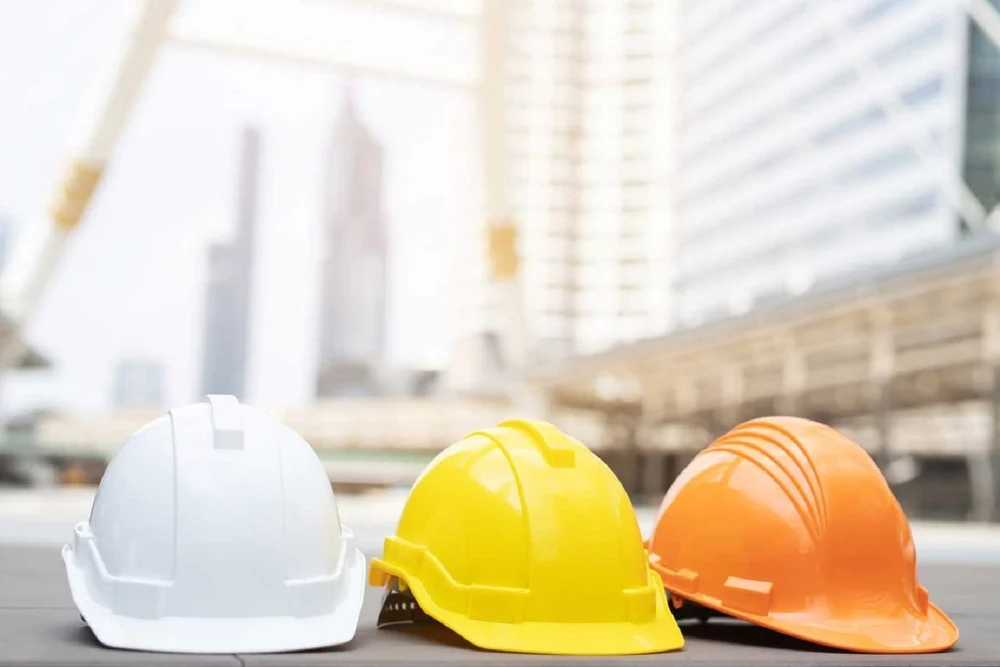Introduction: Polyvinyl Chloride (PVC) molding is an essential component in the construction industry, known for its versatility, durability, and cost-effectiveness. PVC is a synthetic plastic polymer used in a wide range of applications, from plumbing pipes to flooring and moldings. Its molding process involves shaping the material into various forms to create products used for both aesthetic and functional purposes in construction. PVC molding has seen widespread adoption due to its ability to mimic traditional building materials while offering a longer lifespan and lower maintenance.
Applications of PVC Molding in Construction:
Decorative Molding: PVC molding is often used for decorative elements in both residential and commercial construction. It can be found in baseboards, crown molding, window and door trim, and ceiling medallions. PVC molding is favored for its smooth surface, ease of installation, and ability to mimic the look of wood, plaster, or other traditional materials. It’s resistant to moisture, making it ideal for bathrooms and kitchens.
Windows and Doors: PVC molding is commonly used in window and door installations, where it serves as a trim or casing around the frame. The material’s resistance to rot, warping, and fading makes it a better option than wood in areas with high humidity or exposure to the elements. Additionally, PVC molding is an excellent insulator, which enhances the energy efficiency of windows and doors.
Exterior Applications: PVC is well-suited for outdoor use, especially in areas that experience frequent exposure to moisture, temperature fluctuations, and weathering. Exterior trims, fascia boards, and soffits made from PVC molding are resistant to decay, insect damage, and water absorption, providing a durable, low-maintenance alternative to traditional materials like wood.
Flooring and Wall Moldings: PVC is often used for creating moldings that go along the edges of walls or floors. These types of trim are typically referred to as skirting boards or wainscoting. They help protect walls from damage while adding a polished look to the interior. PVC floor and wall moldings are particularly popular in commercial spaces due to their durability and ease of maintenance.
Cables and Wiring Concealment: In construction, PVC moldings are sometimes used to create channels for concealing wires and cables. These moldings help keep electrical installations neat and organized while also protecting cables from damage. PVC’s fire-resistant properties add an extra layer of safety.
Advantages of PVC Molding in Construction:
Durability: PVC molding is incredibly durable and resistant to wear and tear, unlike wood, which can rot, warp, or become brittle over time. It is also immune to insects, which can be a major issue with wooden trim in certain climates.
Moisture Resistance: One of the key advantages of PVC molding is its resistance to moisture. Unlike wood or plaster, PVC does not absorb water, making it ideal for areas with high humidity, such as bathrooms, kitchens, or basements.
Low Maintenance: PVC molding requires little to no maintenance. It doesn’t need painting or staining, unlike wood, which needs periodic refinishing to maintain its appearance. Cleaning PVC molding is also a breeze—simply wipe with a damp cloth, and it’s good as new.
Cost-Effectiveness: PVC molding is generally more affordable than traditional materials like wood, plaster, or stone. Its ease of installation and long-lasting properties also reduce the need for frequent replacements or repairs, making it an economical choice in the long run.
Variety of Styles and Designs: PVC molding can be manufactured in a variety of styles, colors, and sizes to suit different architectural designs. The material can easily be molded into intricate patterns, providing the same aesthetic appeal as more expensive alternatives.
Environmental Benefits: PVC is a recyclable material, and many manufacturers use recycled PVC in their molding products. This makes PVC molding an environmentally friendly choice compared to other materials that may contribute to landfill waste.
Challenges of PVC Molding in Construction:
Environmental Concerns: While PVC can be recycled, the production of PVC has been associated with environmental concerns, particularly due to the release of harmful chemicals during its manufacturing. Some construction professionals may choose alternatives for sustainability reasons.
Brittleness in Cold Weather: Although PVC is durable, it can become brittle in extremely cold temperatures. This can cause it to crack or break under impact, which may limit its use in very cold climates.
Aesthetic Limitations: While PVC molding can mimic wood and other materials, it does not offer the same richness or texture. Some high-end construction projects might prefer traditional materials for their visual appeal.
Conclusion: PVC molding is an invaluable material in the construction industry, offering a range of benefits that make it an attractive choice for both residential and commercial projects. Its durability, low maintenance, moisture resistance, and cost-effectiveness make it suitable for a wide range of applications, from decorative features to functional installations. While there are some environmental and aesthetic concerns, the advantages of PVC molding often outweigh the disadvantages, particularly in projects where long-term performance is essential. As demand for sustainable and durable building materials continues to grow, PVC molding will likely remain a popular choice in the construction industry.


